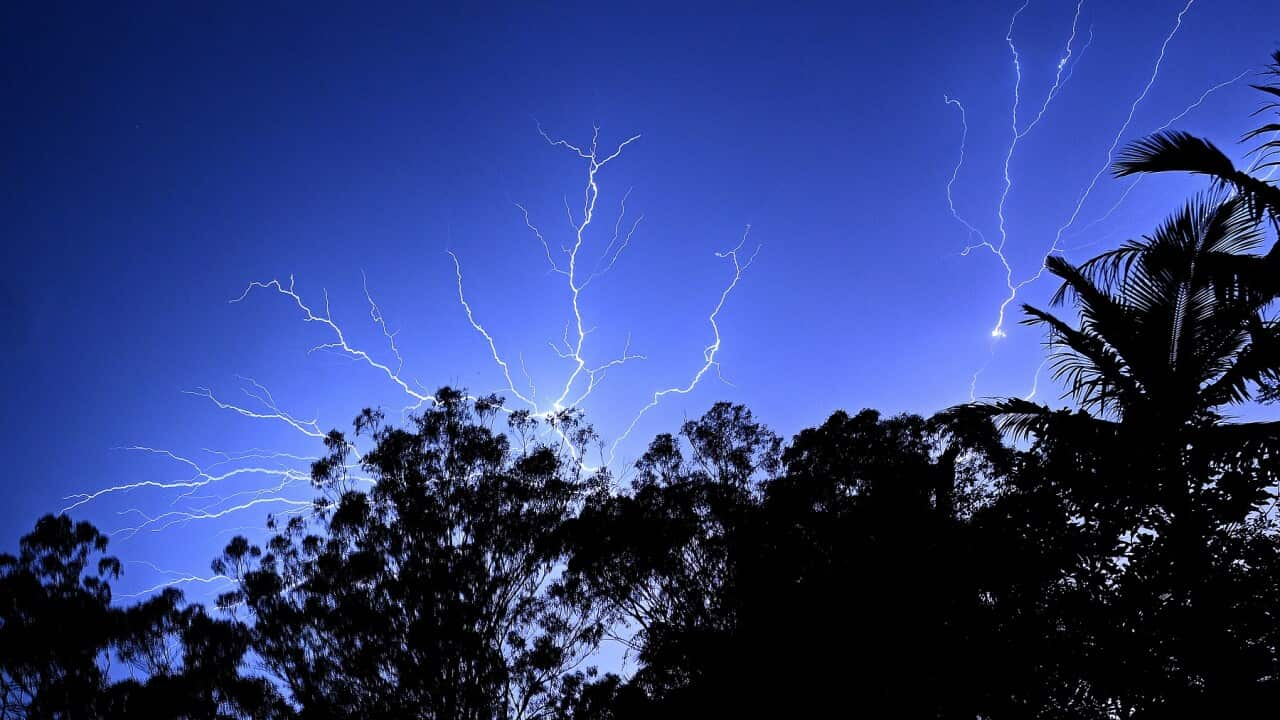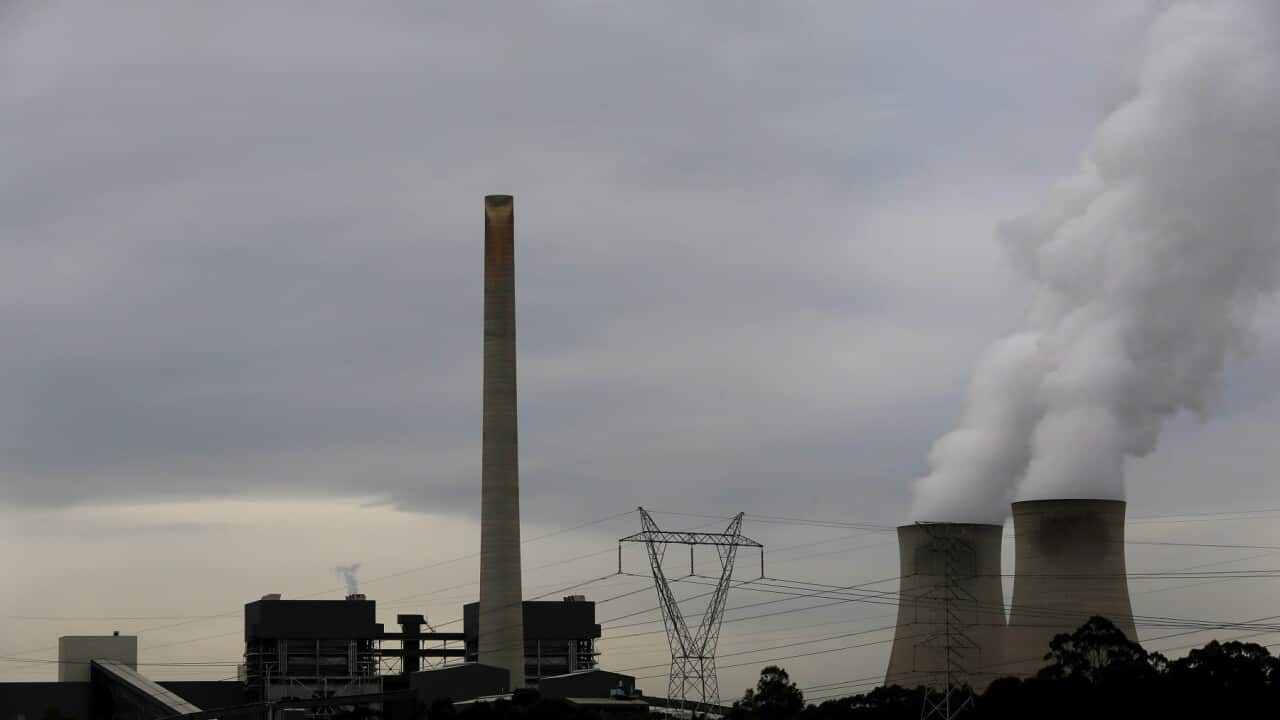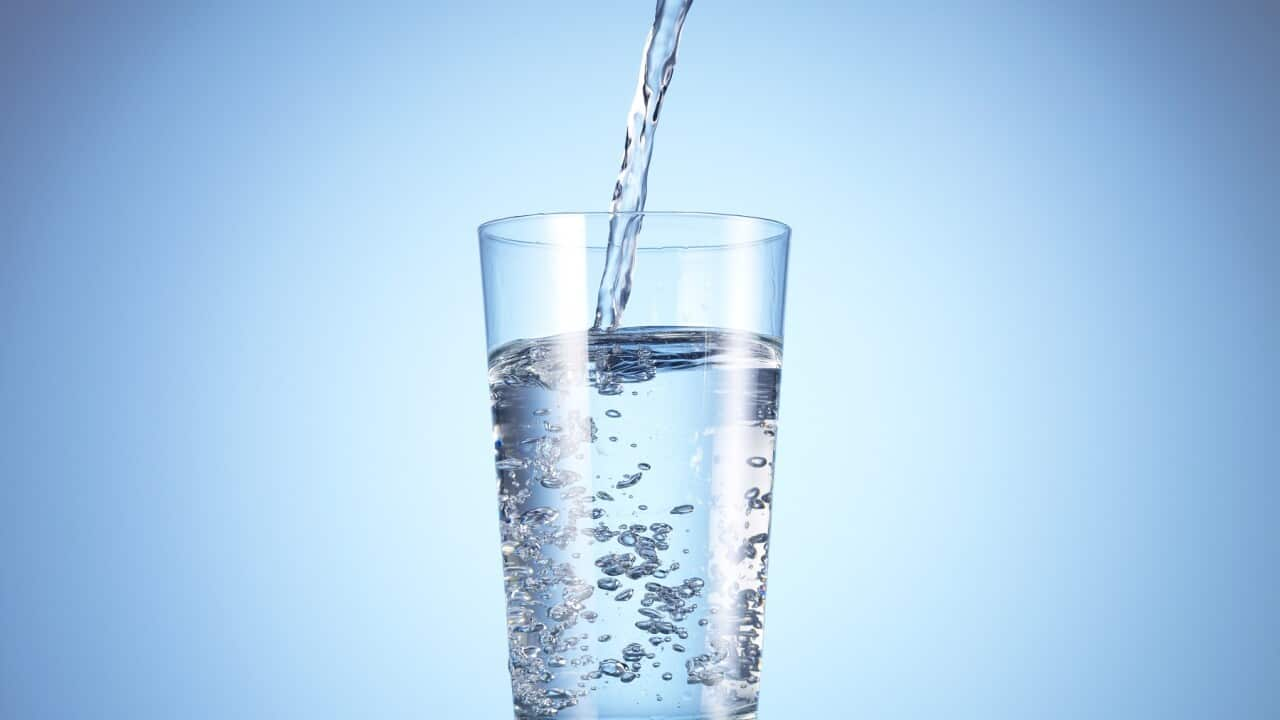TRANSCRIPT
Wild weather along the east coast of Australia has already brought fatalities and destruction this summer.
There have already been deaths in Queensland following severe thunderstorms in the state's southeast.
A child was killed in Victoria after being struck by a large branch that fell from a tree in the state's north, while New South Wales also experienced severe thunderstorms over Christmas and Boxing Day.
Research Director at the Climate Council Dr Simon Bradshaw says we can expect these volatile weather patterns to continue.
"Everything we see these days is happening in the contest of climate change on a planet that is hotter, more energetic and more dangerous as a result of burning coal, oil and gas. And as we look back on these past events we can see we are living through that era of climate consequences, and it really does tell us we've got to act a lot faster if we're to protect Australian communities and limit future harms."
Dr Bradshaw explains why we are seeing such increasingly unpredictable weather conditions:
"We can think of this as having put our weather on steroids. By burning fossil fuels - coal, oil and gas, we've thickened up the blanket of greenhouse gases around our planet that traps heat from the sun. We're now trapping much more heat, which means there's more energy for powerful storms, means that we can have prolonged dry spells punctuated by extreme downpours. And it increases the risk of not only extreme weather events, but also communities being hit by successive and compounding disasters. And sadly, many Australians are getting familiar with this risk and wanting us to do more to tackle the root causes of this challenge."
But it's also vital communities are prepared to live with this changing climate, as CEO of Plan C Dr Jean Renouf explains.
Dr Renouf is based in Lismore - a community in the northern rivers of New South Wales still reeling from the devastating floods last year.
"If you are not necessarily familiar, prepared, aware of this, it's a bit of a shocker to go from one to another just like that. And you can also include droughts and heatwaves in the mix and storms, so it's not just bushfires and floods. So the succession of direct lived experience of threats its very real and a bit of a shocker. But then I think it's also the vicarious trauma, from knowing what has happened in the Sunshine Coast and Gold coast and far north Queensland but also overseas, you can definitely see its happening everywhere. There's definitely a sense of 'oh we need to do something, but what?'”
He says the floods, as well as the 2020 bushfires, proved communities had to support each other in both organised and haphazard ways.
Dr Renouf works with communities to prepare them for the risks they face and offer vital and practical skills to manage such risks posed by disasters.
"It's not just about preparing for the next disasters it's about changing the way we live, so we can still live normal lives sort of, despite the changing context. So it's about connecting with others, building communities with families, strangers, or with your friends and families. It's also about learning from others, exchanging goods, sharing resources, skills with others, perhaps having some communication systems locally. So if you can raise awareness of residents about what they risk, the risks they face, and give them practical needs to meet those needs, either as individuals, members of a household, or better yet, as members of a community, than they are far better equipped to deal with the kinds of disasters we're talking about."
There are also direct health impacts emerging as a result of climate change and extreme weather events.
Dr Beau Frigault is with Doctors for the Environment Australia and explains the compounding threats posed by the changing environment.
He uses extreme heat as one example of a threat to our health.
"You know, our bodies are capable of you know calibrating different forms of temperatures when we experience them on a day to day basis. It's harder for our bodies to do that when we're exposed to extreme versions of temperatures, whether it's extreme cold or extreme heat. And especially for those of us who are vulnerable, like pregnant women, like children, like the elderly, our bodies aren't as capable to withstand those kinds of extreme pressures for a long period of time. In those singular incidents we're talking about things like heat stress, heat stroke, which can be really life threatening and can really compromise someone from their kidney function, their heart function, when they're really depleted of fluids and struggling to regulate their body temperature."
But these climate disasters can also have a detrimental effect on mental health.
"If the devastation is significant enough or prolonged enough that does result in increased incidences of depression, anxiety, suicidality, all of that kind of stuff. And that is well documented. You can look at the people who sustained devastation from the really significant bushfires we had in 2019, to the people who are dealing with the floods in Cairns now and Lismore last year. People who lose their entire livelihood in an instant, it's hard to recover from that. Especially in an era right now where we have cost of living, inflation, and all these other stresses that are on people already, to then throw at them this extreme weather events that are causing that kind of devastation, it just further tips the scale for a lot of people who are already vulnerable to mental health issues."
Dr Frigault says looking out for one another is key to helping mitigate the more serious mental and physical effects of climate change and extreme weather events.
"Do you know family members who are particularly vulnerable to heat and when there is an extreme heat wave you invite them to your house, to stay where you have airconditioning or where you have a pool or have the ability to look after them? Do people need to move from areas that are particularly vulnerable when they know an extreme weather event is happening? So it's about being kind to your neighbours, it's about reaching out assistance when you need to, and about preparing. Because the reality is a lot of us are going to be experiencing these things a lot more frequent than we are really willing to acknowledge."
Dr Bradshaw says there must also be a real commitment to reducing emissions.
"It's not too late, we are of course living with the consequences of our poor decisions in the past. But there's still so much we can and must do to limit future harms. It means driving down our emissions as fast as possible this decade, it means listening to communities on the frontline, understanding what they need to protect themselves from increasingly extreme weather disasters. ANd it means playing our part in global efforts to limit warming as close to 1.5 degrees as possible. There's so much we can do, and every smart decision we make now matters, and will be measured in a safer future."
Dr Renouf echoes these calls, but acknowledges the importance of community resilience in living with and adapting to these climate conditions.
"It is late in the sense that every fraction of a degree that warms the planet globally is making any disaster in any region of the world worse. So we absolutely do have to mitigate to reduce our emissions of fossil fuels as much as possible. And then it's also about connecting, developing a community safety net where we can support each other in anticipation in sharing information and resources, but also in response when things happen. Altogether, even if the situation was not getting worse, I feel, if you look at the loneliness epidemics that exist in Australia, coming together would be excellent regardless."













